Tuesday, March 27, 2007
Generalised Theory of VTOL
This is a description of the theory of operations for VTOL. There is no need for detailed calculations. You may say this is a new technique of utilising intelligence instead of memory/knowledge in order to solve problems. What is required will the logical sequences of decisions that need to be made in order to achieve VTOL.
The control signals required will be in small increments, and checked against the desired conditions. Because we simply use changes instead of amount of changes, and the response does not take into account optimum amounts, we need to adjust the incremental values to as low as possible without affecting response time.
In the RC world, we depend on the quality and performance of the gyros. For manual controls, it depends on the skill of the RC pilots. Since hovering using single tractor propeller aircraft is possible after much practice, RC enthusiasts should be able to design and hover any VTOL aircraft that uses this generalised theory.
We need a total thrust that is more than the weight of the aircraft. The excess will be used to control the aircraft. If it were exactly equal, it can only over at exactly 90 degrees of angle of attack, i.e. perfectly vertical for a single-engined aircraft.
Since I don't like to study the effects of small thrust, let us assume that the excess thrust is more than 50% of the total weight of the aircraft.
The thrust can be distributed at 2 different locations. It can be more, but they can all be grouped(summed) into just 2 positions, the rear and the front. Actually the positions can be anywhere but for practical VTOL designs, they must be located behind the mass centre of gravity, or at/in front of the centre of gravity.
The angle of attack at which the plane will hover depends on the thrust distribution of the front engine. If it were zero, it must be 90 degrees. If it were less, there will be a forward movement. If more, backward.
The front thrust multiplied by its distance from the centre of gavity, will cancel the forward movement, at angle-of-attack of less than 90 degrees, allowing planes to hover at lower angles.
So it is not necessary to hover only at 0 degree. It can hover at 45 degrees, depending on the location and amount of the thrust of the front engine. F35 and Harrier, had made design decisions to achieve 0 degree so the thrusts of the front engines are sufficiently high at its location in front of its CG to achieve hovering conditions.
The front engine need not be controlled. Only the rear engines need be controlled.
We can calculate the thrust distribution in order to achieve the lowest angle of attack for hovering. It may be useful for design and piloting purposes. We can quickly predict the angle of attack at which our plane can hover.
Trying to get the thrust for the front part is the most difficult design decision. For the Su-32 class of aircraft, it should be possible to divert some of the unburned compressed air to the front part, similar to what is done by the pegasus engine of the Harrier. To preserve weight and space, it cannot be diverted too far forward but it must be forwarded to at least its centre of gravity.
Remember that the purpose of this extra complexity is not to achieve hovering or making it easier to control the hovering. It is just as difficult for a zero angle-of-attack hovering. It is only to make it easier to design its landing gear, or for full-scale planes, easier to see the ground and more comfortable to sit.
It is never necessary to have a large thrust for the front engine. If you still want to install a front lift engine, just try to get a small one placed right at the front most part of the aircraft. It can be left on all the time. Hopefully it can reduce the angle of attack during flight and thereby reduce friction due to the extra lift created by this additional lift engine.
Here I describe vectored thrust as though it were jets or ducted fans. Extra large control surfaces within the prop air-stream can be used to divert the thrusts as well, and treated as though it is a rear engine thrust.
For the front thrust effect, we can add additional control surfaces in front of its CG. It can be put there permanently.
Is it worth it just to be able to hover at less than vertical?
I'd like people to experiment with it and have fun.
The control signals required will be in small increments, and checked against the desired conditions. Because we simply use changes instead of amount of changes, and the response does not take into account optimum amounts, we need to adjust the incremental values to as low as possible without affecting response time.
In the RC world, we depend on the quality and performance of the gyros. For manual controls, it depends on the skill of the RC pilots. Since hovering using single tractor propeller aircraft is possible after much practice, RC enthusiasts should be able to design and hover any VTOL aircraft that uses this generalised theory.
We need a total thrust that is more than the weight of the aircraft. The excess will be used to control the aircraft. If it were exactly equal, it can only over at exactly 90 degrees of angle of attack, i.e. perfectly vertical for a single-engined aircraft.
Since I don't like to study the effects of small thrust, let us assume that the excess thrust is more than 50% of the total weight of the aircraft.
The thrust can be distributed at 2 different locations. It can be more, but they can all be grouped(summed) into just 2 positions, the rear and the front. Actually the positions can be anywhere but for practical VTOL designs, they must be located behind the mass centre of gravity, or at/in front of the centre of gravity.
The angle of attack at which the plane will hover depends on the thrust distribution of the front engine. If it were zero, it must be 90 degrees. If it were less, there will be a forward movement. If more, backward.
The front thrust multiplied by its distance from the centre of gavity, will cancel the forward movement, at angle-of-attack of less than 90 degrees, allowing planes to hover at lower angles.
So it is not necessary to hover only at 0 degree. It can hover at 45 degrees, depending on the location and amount of the thrust of the front engine. F35 and Harrier, had made design decisions to achieve 0 degree so the thrusts of the front engines are sufficiently high at its location in front of its CG to achieve hovering conditions.
The front engine need not be controlled. Only the rear engines need be controlled.
We can calculate the thrust distribution in order to achieve the lowest angle of attack for hovering. It may be useful for design and piloting purposes. We can quickly predict the angle of attack at which our plane can hover.
Trying to get the thrust for the front part is the most difficult design decision. For the Su-32 class of aircraft, it should be possible to divert some of the unburned compressed air to the front part, similar to what is done by the pegasus engine of the Harrier. To preserve weight and space, it cannot be diverted too far forward but it must be forwarded to at least its centre of gravity.
Remember that the purpose of this extra complexity is not to achieve hovering or making it easier to control the hovering. It is just as difficult for a zero angle-of-attack hovering. It is only to make it easier to design its landing gear, or for full-scale planes, easier to see the ground and more comfortable to sit.
It is never necessary to have a large thrust for the front engine. If you still want to install a front lift engine, just try to get a small one placed right at the front most part of the aircraft. It can be left on all the time. Hopefully it can reduce the angle of attack during flight and thereby reduce friction due to the extra lift created by this additional lift engine.
Here I describe vectored thrust as though it were jets or ducted fans. Extra large control surfaces within the prop air-stream can be used to divert the thrusts as well, and treated as though it is a rear engine thrust.
For the front thrust effect, we can add additional control surfaces in front of its CG. It can be put there permanently.
Is it worth it just to be able to hover at less than vertical?
I'd like people to experiment with it and have fun.
Subscribe to:
Post Comments (Atom)
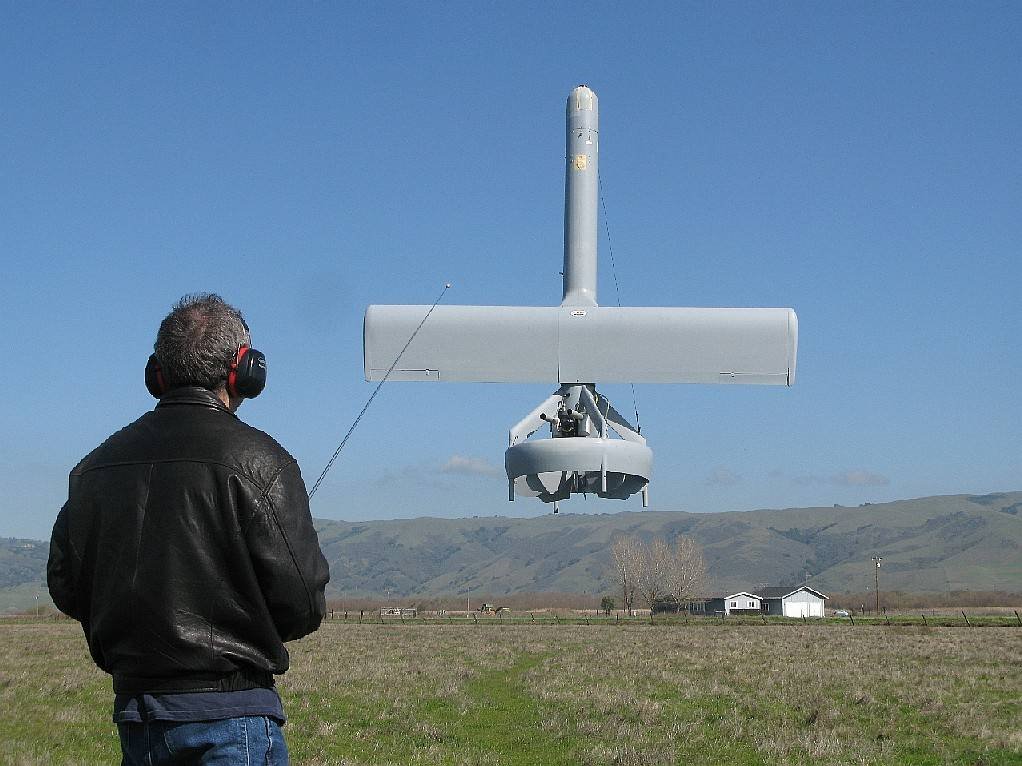
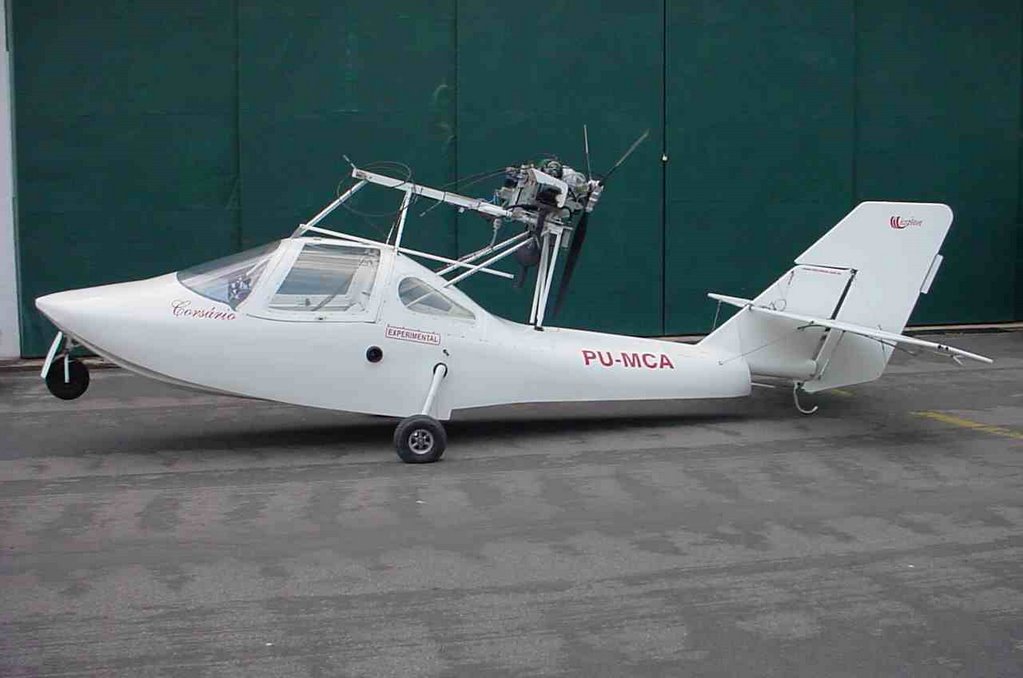
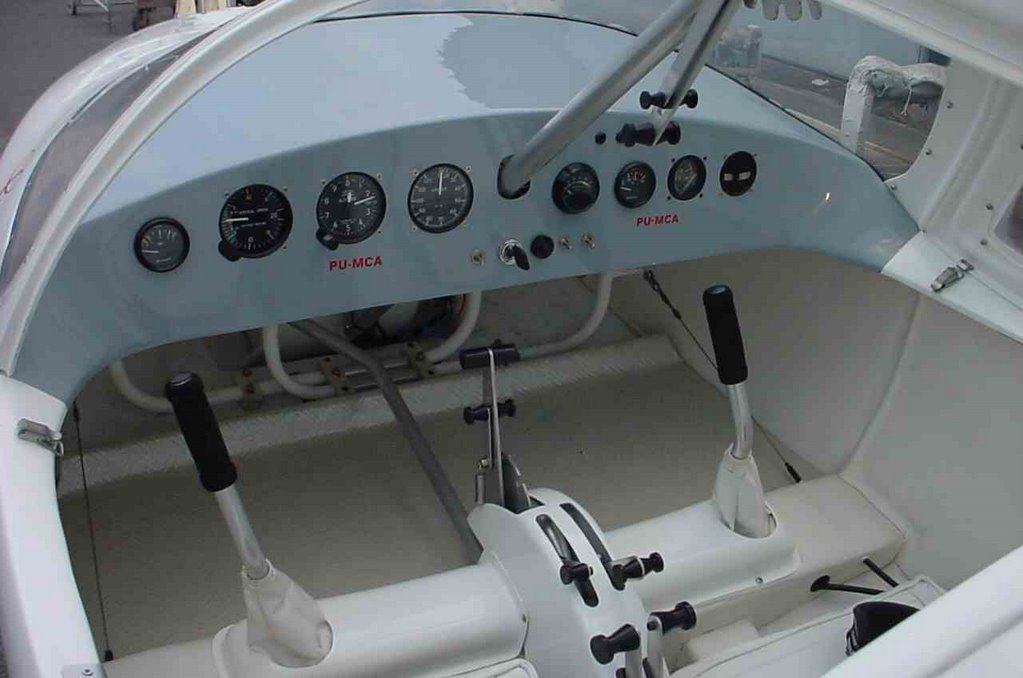
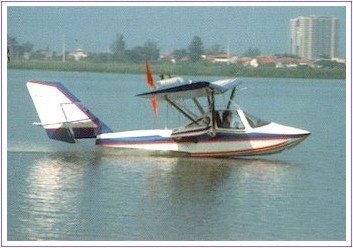
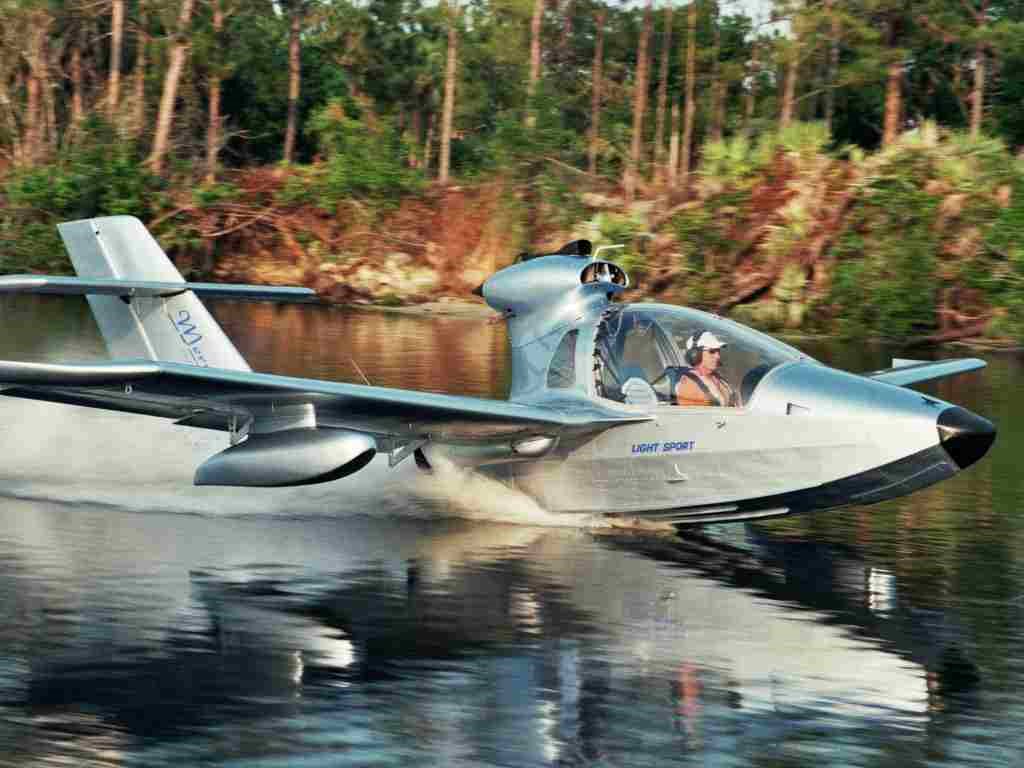
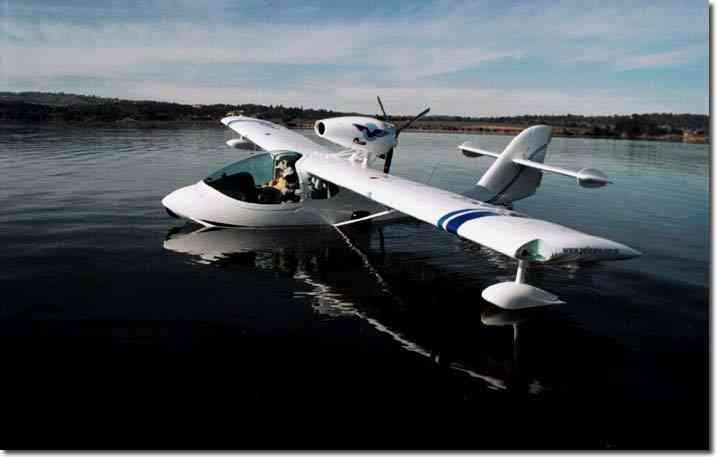
No comments:
Post a Comment